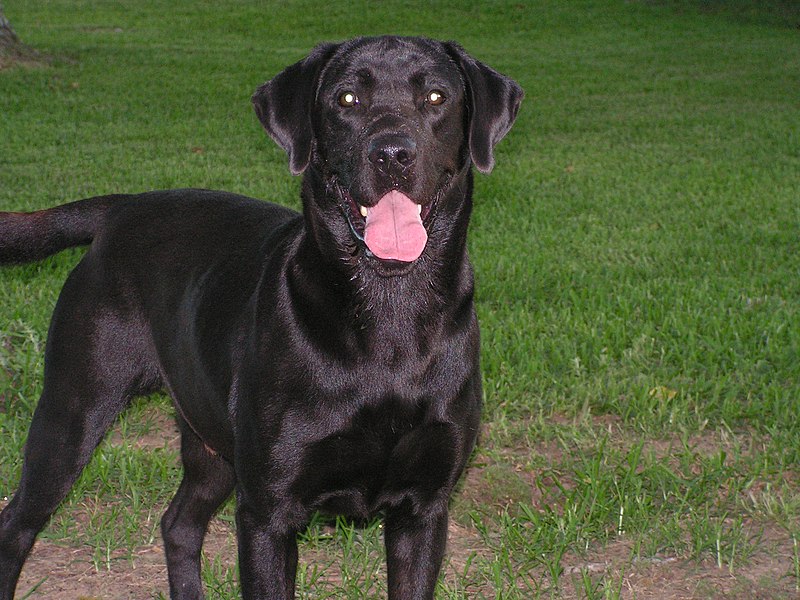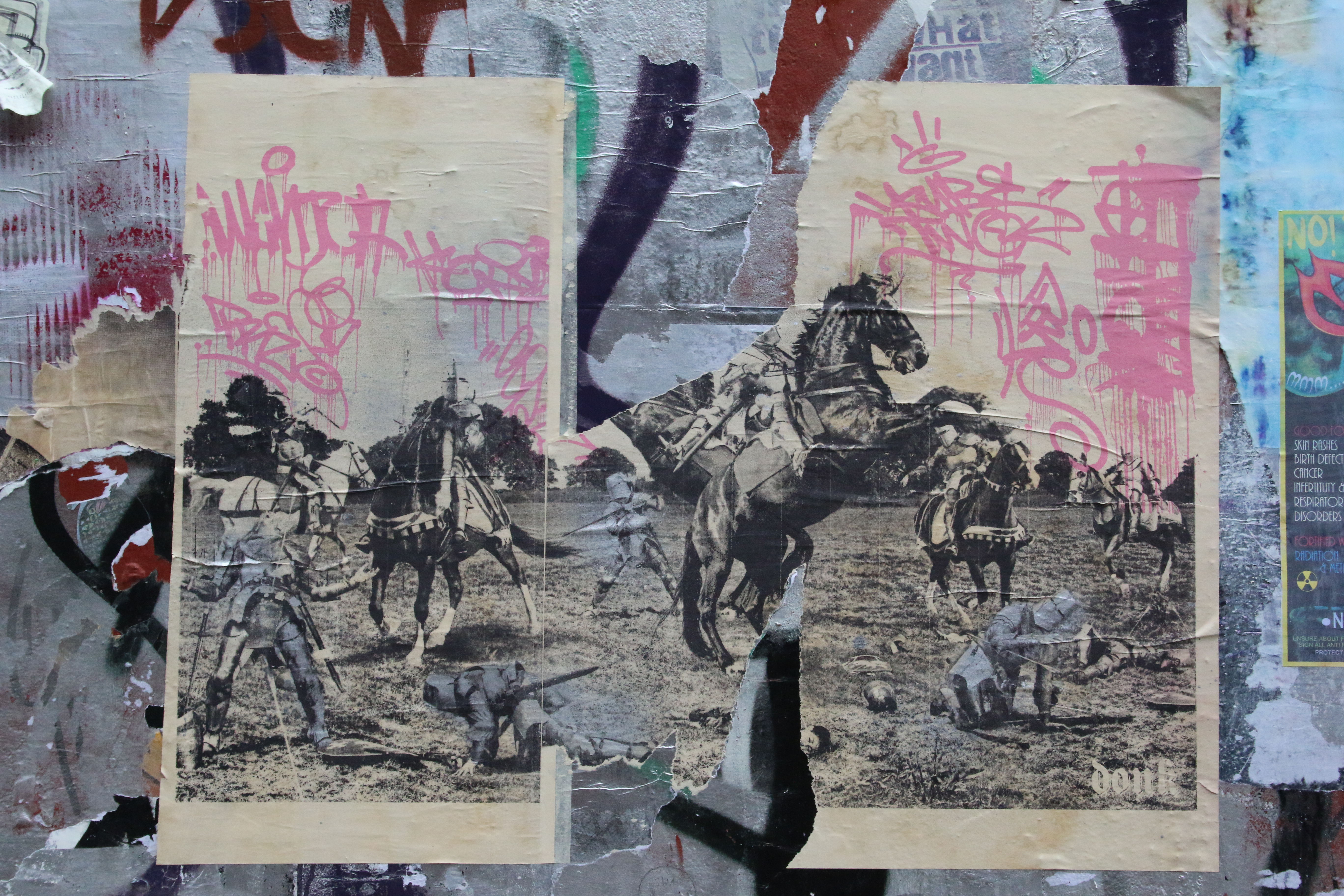Top of the morning to you all. There be seas of green on the horizon, and what better way to embrace them than to celebrate with some of our favorite Irish breed dogs. These dogs are beautiful, and all lucky enough to be Irish.
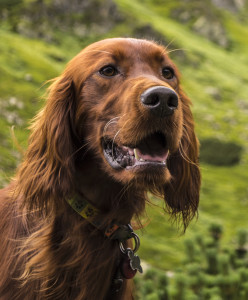 These beautiful dogs are known for their long, silky auburn colored hair. Irish Setters are known to have an amazing temperment, so they would be perfect in a household with children. Being an avid hunter, setters need to remain active. Don’t leave them unattended outside either, because they will find ways to entertain themselves. They crave human interaction, so if you’re looking for a dog to go on adventures with look no further.
These beautiful dogs are known for their long, silky auburn colored hair. Irish Setters are known to have an amazing temperment, so they would be perfect in a household with children. Being an avid hunter, setters need to remain active. Don’t leave them unattended outside either, because they will find ways to entertain themselves. They crave human interaction, so if you’re looking for a dog to go on adventures with look no further.
 The Irish Red and White Setter doesn’t fall far from the red setter, though it is believed that the red and white was the original setter breed from the 17th century. Sadly, Irish Red and White Setters almost became extinct due to cross breeding. Luckily enough the breed was saved by the efforts of Reverend Noble Huston.
The Irish Red and White Setter doesn’t fall far from the red setter, though it is believed that the red and white was the original setter breed from the 17th century. Sadly, Irish Red and White Setters almost became extinct due to cross breeding. Luckily enough the breed was saved by the efforts of Reverend Noble Huston.
 The Irish Wolfhound (or as I like to call it, the Jim Henson dog) is one of the oldest living dog breeds. Originally referred to as Cú Faoil, wolfhounds were bred as hunting dogs and often given as gifts to nobles and other important people. Don’t let the size of the wolfhound scare you. These dogs really are gentle giants. Though they aren’t considered to be guard dogs, I think the size alone can be rather persuasive.
The Irish Wolfhound (or as I like to call it, the Jim Henson dog) is one of the oldest living dog breeds. Originally referred to as Cú Faoil, wolfhounds were bred as hunting dogs and often given as gifts to nobles and other important people. Don’t let the size of the wolfhound scare you. These dogs really are gentle giants. Though they aren’t considered to be guard dogs, I think the size alone can be rather persuasive.
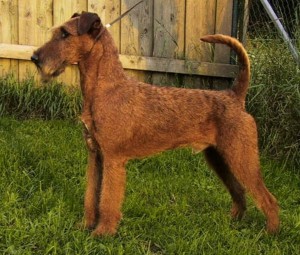 Irish Terrier’s are one of the oldest breed of terriers, and is the fourth most popular breed of terrier in Ireland and England. Irish Terrier’s are extremely active, so they are better suited with a family that loves going for walks, hiking, and other outdoor activities. Irish Terrier’s are great with children, and train extremely well.
Irish Terrier’s are one of the oldest breed of terriers, and is the fourth most popular breed of terrier in Ireland and England. Irish Terrier’s are extremely active, so they are better suited with a family that loves going for walks, hiking, and other outdoor activities. Irish Terrier’s are great with children, and train extremely well.
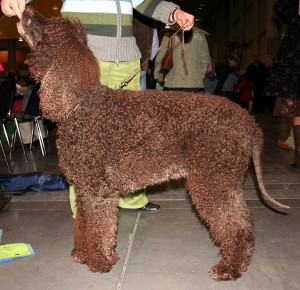 Thought to be a descendant of Dobhar-chú, the Irish water Spaniel sure has come a long way. Irish Water Spaniels are perfect dogs for people who may have allergies, due to its dense curly hair, because they shed very little. Irish Water Spaniels make great family dogs, and can be quite comedic when performing ordinary tasks.
Thought to be a descendant of Dobhar-chú, the Irish water Spaniel sure has come a long way. Irish Water Spaniels are perfect dogs for people who may have allergies, due to its dense curly hair, because they shed very little. Irish Water Spaniels make great family dogs, and can be quite comedic when performing ordinary tasks.
We love dog breeds of all shapes, sizes, and regions! Thank you for reading, and we hope that you have a safe and Happy St. Patrick’s Day!
 That Pet Blog That Pet Place Pet Blog
That Pet Blog That Pet Place Pet Blog

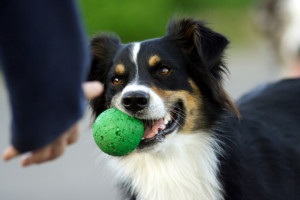
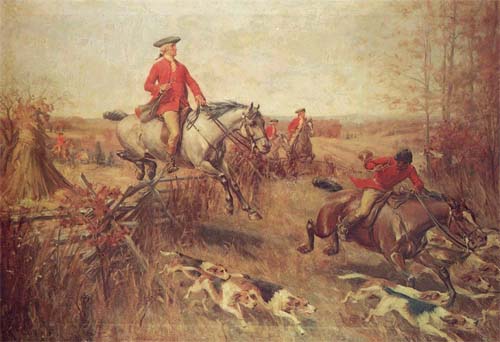

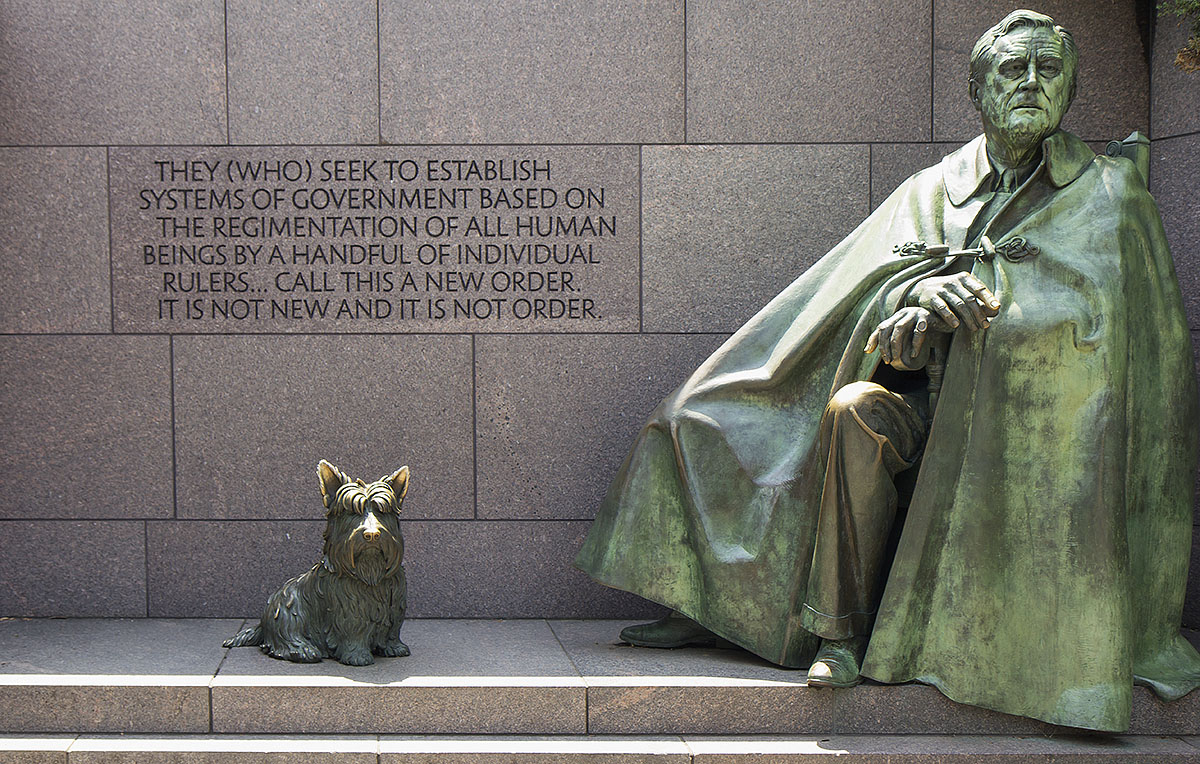
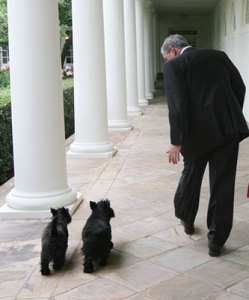
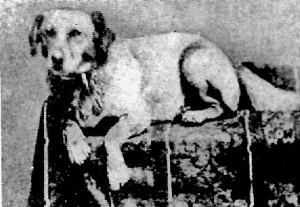
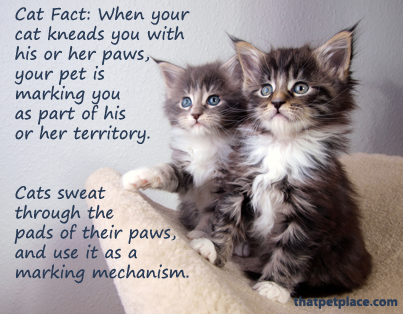 Cats. They may have taken over the internet (LOLCats, anyone?), and surpassed dogs as the most popular pet on earth, but we still have a lot of learning to do. Mysterious and aloof, felines have been with us as companions for centuries; from being revered in Ancient Egypt to being implicated in witch trials. Here are 5 little-know cat facts to tuck into your trivia arsenal for your next appearance on Jeopardy!
Cats. They may have taken over the internet (LOLCats, anyone?), and surpassed dogs as the most popular pet on earth, but we still have a lot of learning to do. Mysterious and aloof, felines have been with us as companions for centuries; from being revered in Ancient Egypt to being implicated in witch trials. Here are 5 little-know cat facts to tuck into your trivia arsenal for your next appearance on Jeopardy!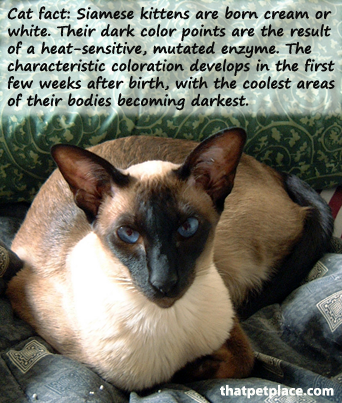 3. Siamese cats are albino, sort of
3. Siamese cats are albino, sort of
